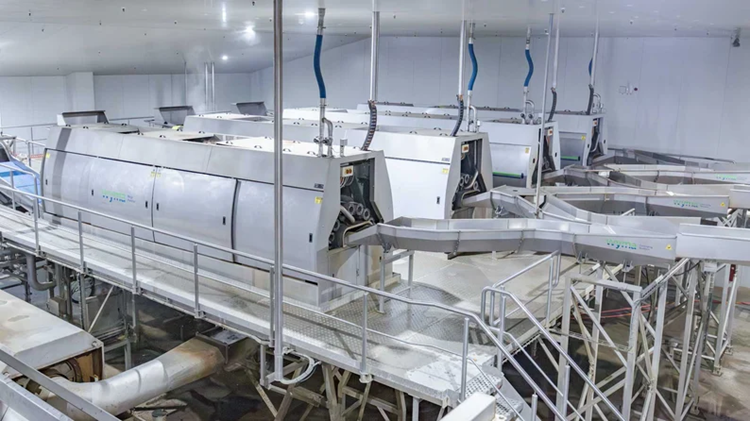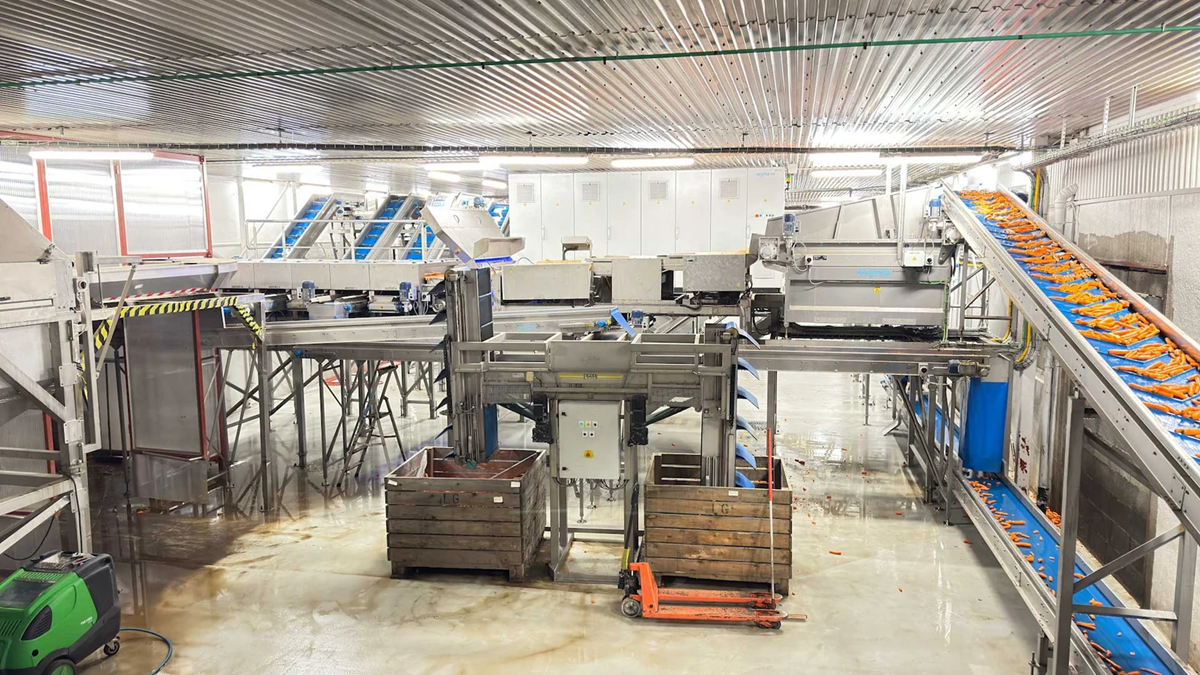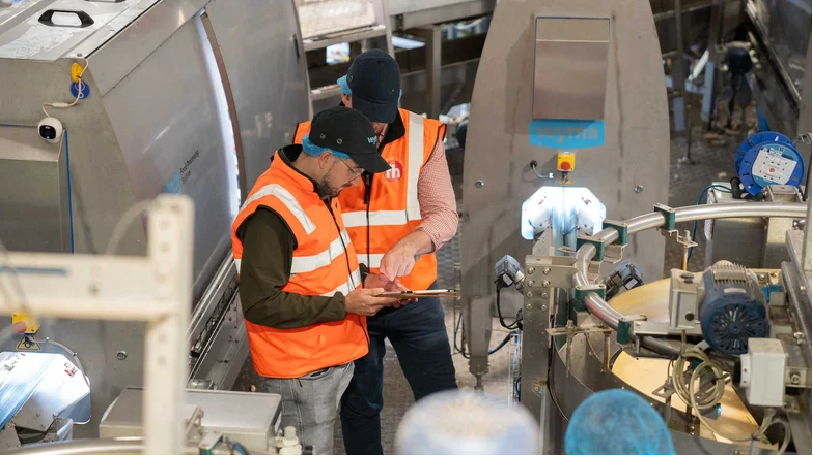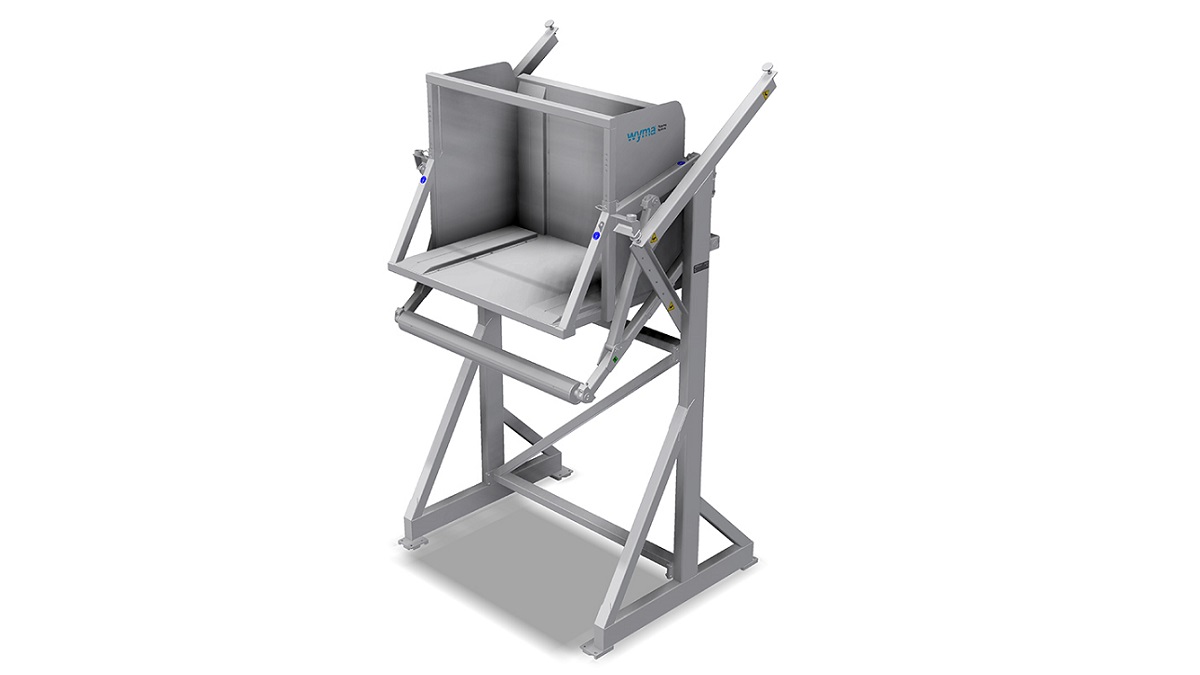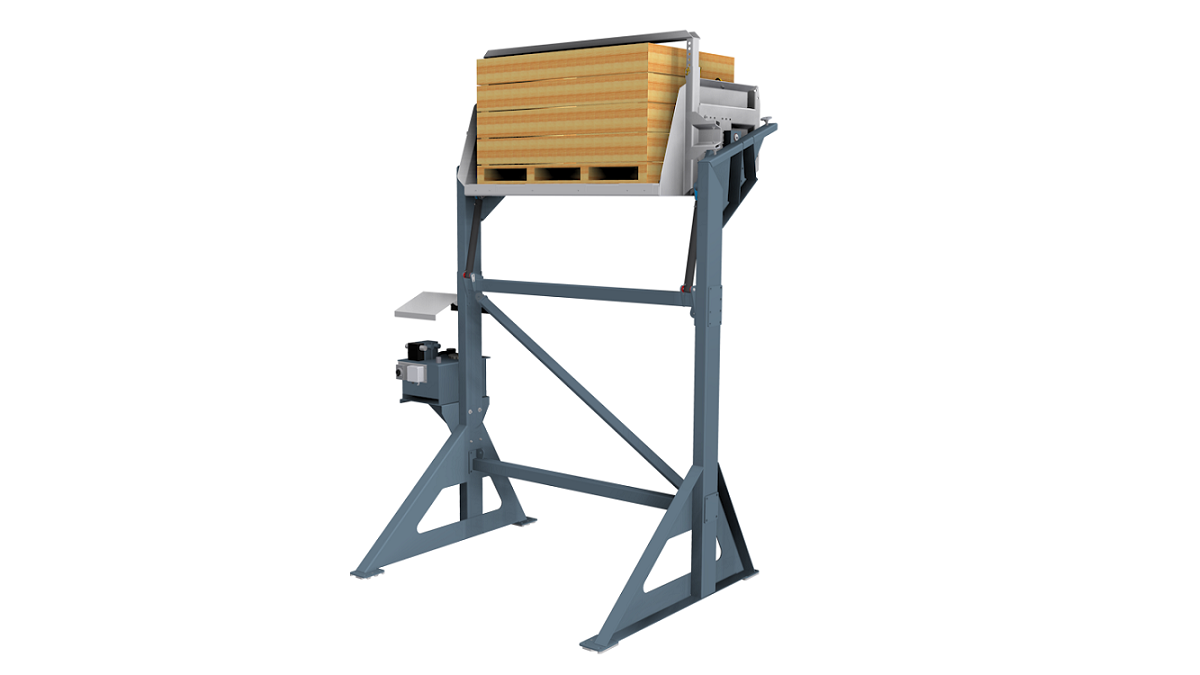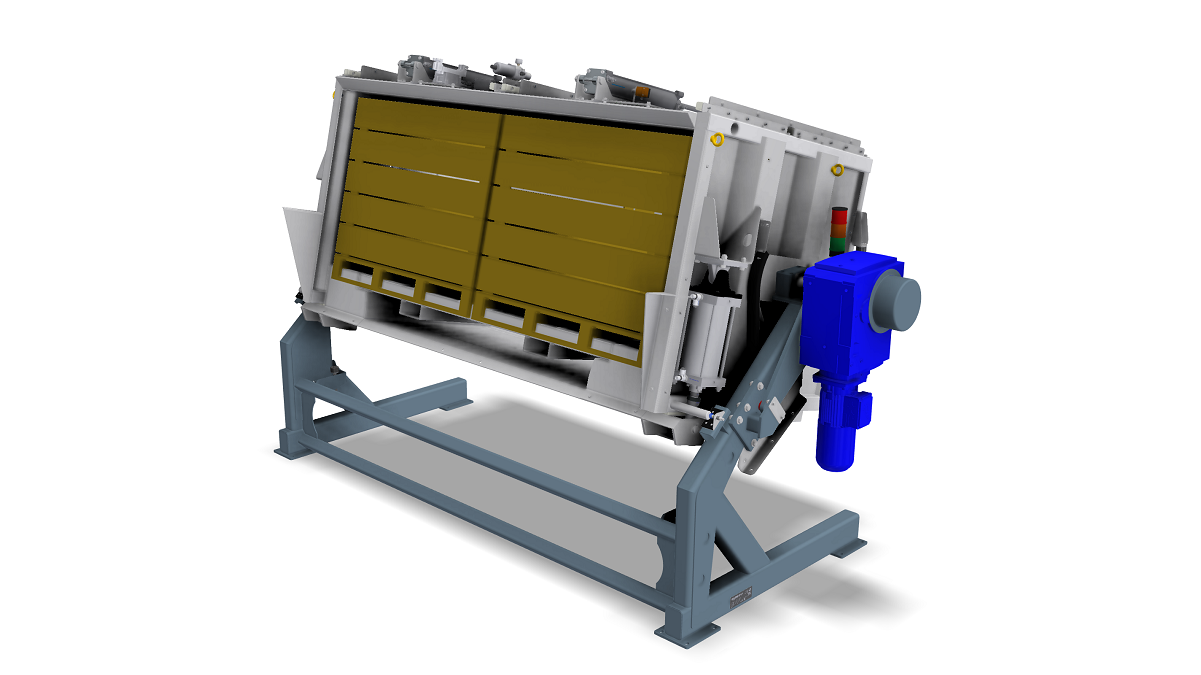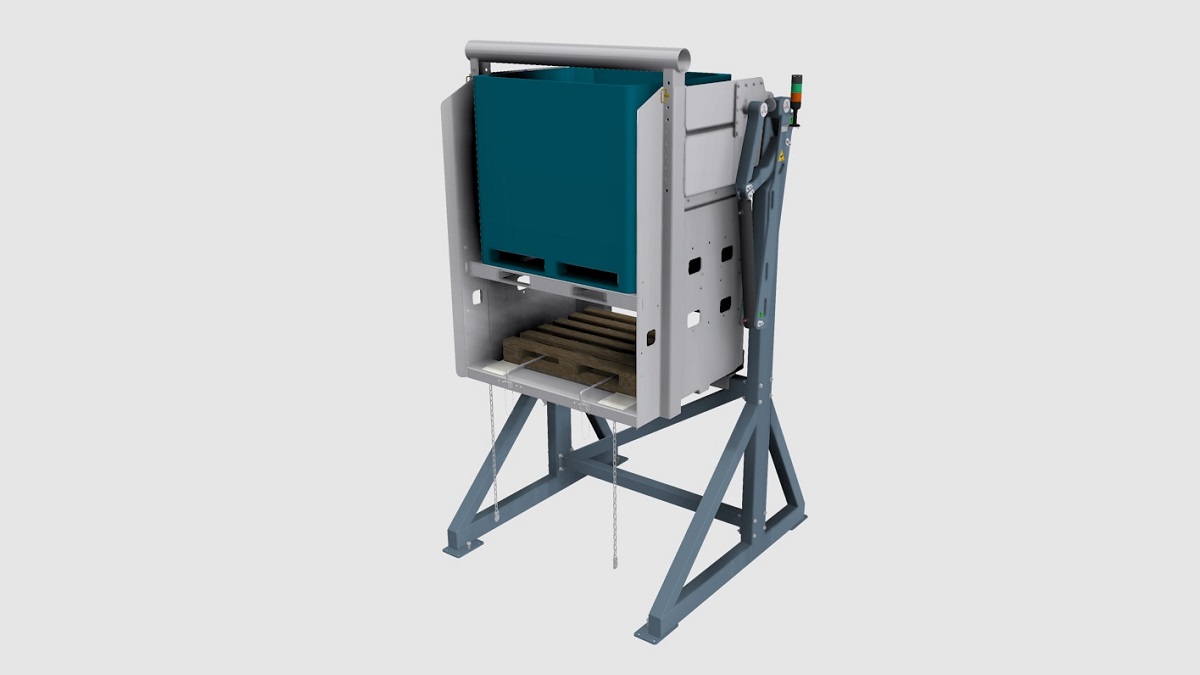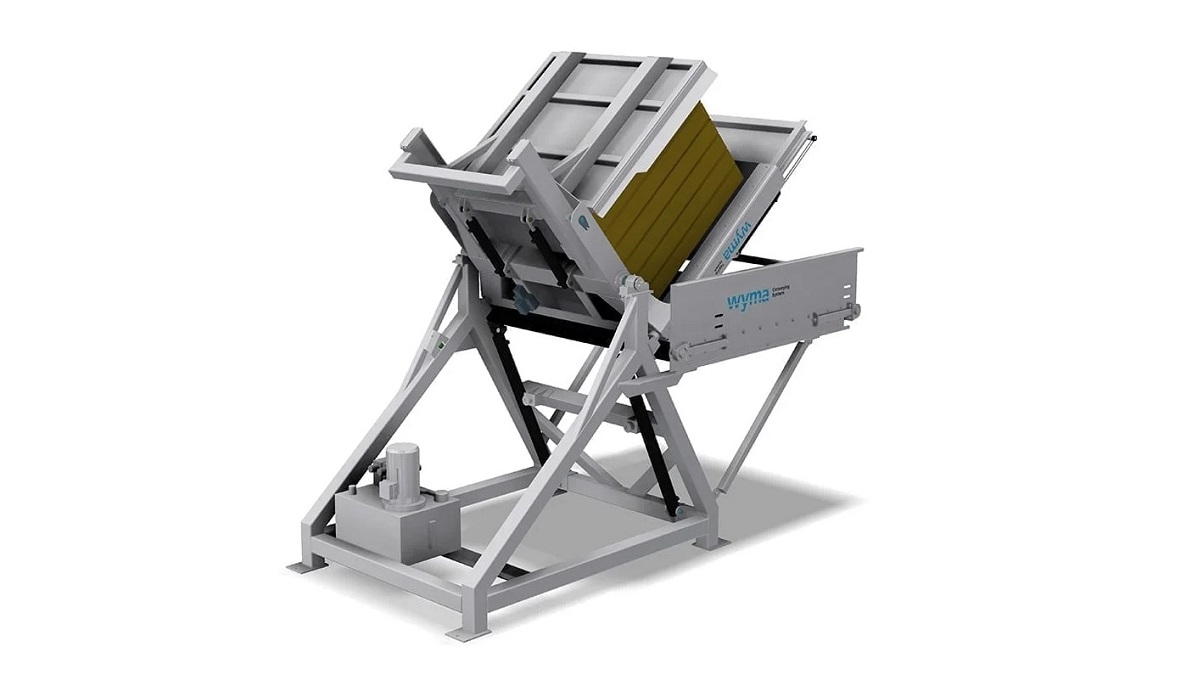

Wyma Solutions
Conditioning
Reduce Food Waste with Effective Post-Harvest Cooling
Up to 45% of fruits and vegetables are wasted globally, impacting both the environment and your bottom line. Discover how effective post-harvest cooling can drastically reduce this waste and improve the quality of your produce
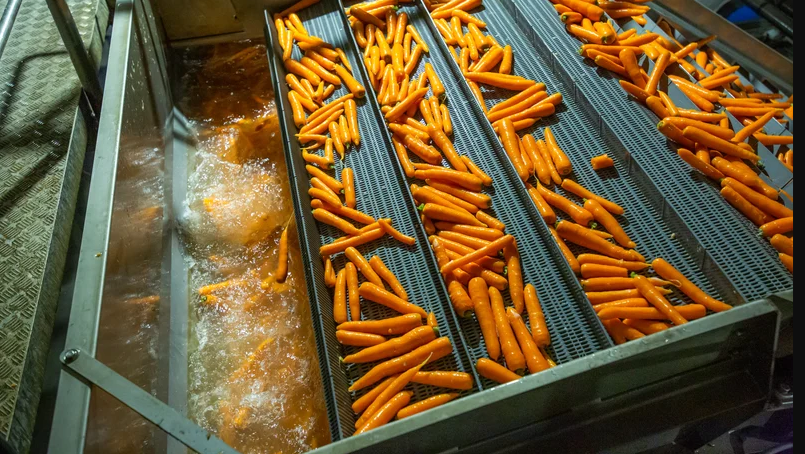
Food waste is a global crisis, with up to 45% of all fruits and vegetables wasted worldwide. The impact of this wastage is not just environmental but also financial, affecting the profitability and sustainability of food production operations. Effective post-harvest cooling is a key strategy in combating this issue, ensuring that produce remains fresh and reaches consumers in the best possible condition. WYMA Solutions comprehensive guide on post-harvest cooling can help you implement strategies to reduce food waste in your operation.
Why Post-Harvest Cooling is Crucial
Post-harvest cooling is essential because it slows down the deterioration process of fruits and vegetables. Once harvested, produce continues to respire, consuming oxygen and producing carbon dioxide, heat, and water vapor. Without proper cooling, this process accelerates spoilage, leading to significant waste. By managing the temperature effectively, you can extend the shelf life of your produce, reducing the amount that ends up as waste.
The Importance of Speed in the Cooling Process
Time is of the essence when it comes to cooling harvested produce. The quicker the produce is cooled to its optimal storage temperature, the better its quality will be preserved. Delays in cooling can lead to rapid quality degradation, making produce less appealing to consumers and reducing its market value. Implementing efficient cooling practices immediately after harvest is critical to maintaining high-quality produce.
Understanding the Carbon Impacts of Wasted Produce
Food waste doesn't just affect your bottom line; it also has significant environmental consequences. Wasted produce contributes to greenhouse gas emissions, both from the energy used in its production and the decomposition process when it ends up in landfills. Reducing food waste through better cooling practices can significantly lower your carbon footprint, making your operation more environmentally sustainable.
The Case for Full-Immersion Hydro-Cooling
Among the various cooling methods available, full-immersion hydro-cooling stands out as one of the most effective. This method involves immersing produce in cold water, rapidly reducing its temperature. Hydro-cooling offers several advantages:
- Efficiency: It cools produce much faster than air cooling methods.
- Even Cooling: It ensures uniform temperature reduction across all items.
- Preservation of Quality: It maintains the freshness, texture, and nutritional value of the produce.
By adopting full-immersion hydro-cooling, you can significantly reduce post-harvest losses and deliver superior quality produce to your customers.
Download Wyma Hydro-Cooling Guide
To help you implement these strategies, we have developed a comprehensive guide on hydro-cooling. Wyma's guide covers everything you need to know about post-harvest cooling, including:
- The benefits of cooling produce quickly
- Detailed steps to implement hydro-cooling
- Insights into the environmental and financial impacts of food waste
Don't let your hard work go to waste. Download the hydro-cooling guide today and discover how you can reduce post-harvest waste and maximize the quality of your produce.


